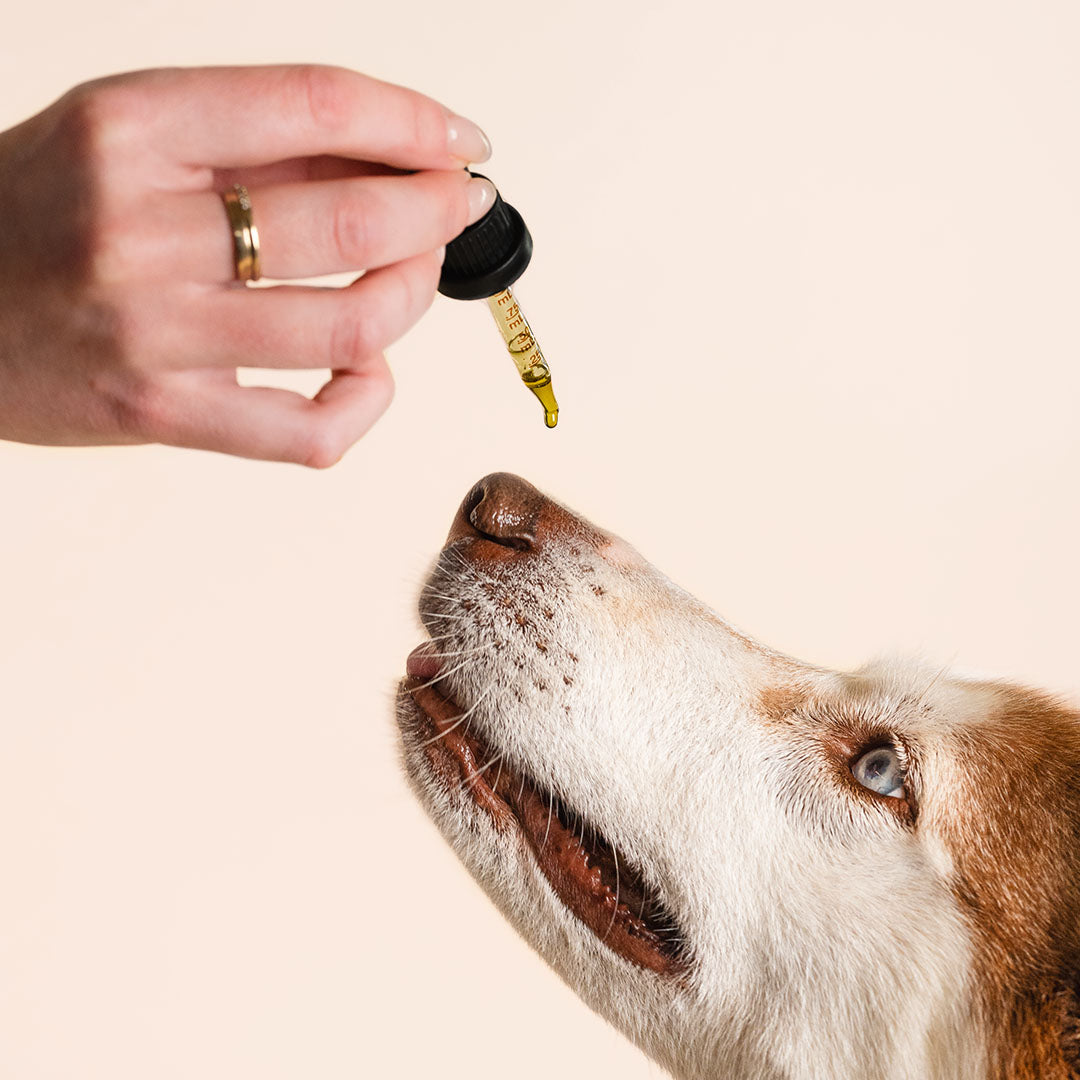Cats have a reputation for being independent, but what if that aloof attitude is just a lack of proper socialization? How to socialize a cat depends on their age, background, and past experiences, and not all felines are naturally outgoing.
Many cats, especially feral cats, and older kittens grow up without much human interaction, making it tricky to earn their trust. But does that mean it’s impossible? Not at all. With the right mix of positive interactions, treats, and patience, even the most reserved cat can become more comfortable around people.
So, how do you go from hisses to headbutts? Let’s break it down step by step.
Why Cat Socialization Is Crucial

Socialization helps indoor cats, feral kittens, and even adult cats feel more secure in their surroundings. A well-socialized cat is less likely to react negatively to new objects, loud environments, or other pets. It also makes handling easier, whether for grooming, vet visits, or everyday interactions.
Cats that experience positive interactions early on tend to form stronger bonds with humans. For completely unsocialized cats, socialization builds trust and reduces fear. Over time, they become more comfortable taking treats, playing, and adjusting to new environments without stress.
Proper Introductions and Body Language to Look For
Cats communicate through body language, and recognizing their signals helps create positive associations. Slow blinking, upright tails, and gentle kneading show comfort. On the other hand, flattened ears, hissing, and avoiding physical contact indicate nervousness.
Start in a quiet space with hiding places and familiar scents. Use wand toys and treats to encourage interactive play without forced interaction. Let them take their time and gain trust on their own terms. Watching for relaxed movements and curious behavior helps gauge when they’re ready for more engagement.
When to Start Socializing Your Cat
The best time to socialize feral kittens is between two and seven weeks old, as they adapt quickly to human contact. Older kittens and adult cats can still learn to trust, but they may take longer to adjust.
Introduce socialization gradually with wet food, gentle interactions, and a routine. Create a secure space with hiding places so they can observe from a safe distance before approaching. Over time, they’ll feel more confident in new environments and around people.
How to Socialize a Kitten: Starting Early
Kittens learn fast, and the earlier you start socialization, the smoother the process. Feral kittens or those without much human contact need positive interactions right away. Handling them gently, offering wet food, and using interactive play with wand toys help build trust.
Soft voices and slow movements make them feel safe in their new environment. Introduce new objects, sounds, and other pets gradually to create positive associations. The goal is to help them feel comfortable taking treats, exploring, and bonding with humans from the start.
The Critical Socialization Period for Kittens
A kitten’s most impressionable stage happens between two to seven weeks old. During this time, they form strong connections with humans, other cats, and new objects in their surroundings. Early exposure to positive reinforcement makes them more adaptable and confident as they grow.
Handling kittens daily, introducing gentle physical contact, and offering treats encourage them to see humans as safe. Even short, positive experiences—like playing with toys or sitting near them—help prevent fear of people. Missing this window doesn’t mean socialization is impossible, but it does take extra patience later.
Positive Experiences and Gradual Exposure
Kittens thrive on positive reinforcement, so rewarding them with treats and interactive play helps shape their behavior. Gradually exposing them to new environments, loud noises, and different people prevents them from becoming overly timid.
Start with small steps, like placing a kitten near new objects or introducing them to hiding places they can retreat to if needed. Keep social sessions short and let the kittens interact on their own terms. The key is to create a routine where they associate humans with safety, fun, and food.
Socializing Your Kitten with Adult Cats
Introducing a kitten to an adult cat takes patience. Start by letting them sniff each other’s scent using blankets or bedding. Keep initial meetings short, using a litter box area or a shared space where both feel comfortable.
Watch their body language—a relaxed tail and slow blinks mean things are going well, while hissing or swatting signals tension. Supervised interactive play with toys helps break the ice, creating positive associations between them. Over time, they’ll adjust and learn each other’s boundaries, leading to a smoother transition.
How to Socialize an Adult Cat

Socializing an adult cat takes patience, but it’s never too late to build trust. Unlike feral kittens, older cats may have set habits or past experiences that make them more hesitant around humans. The key is to create positive associations by offering treats, gentle physical contact, and plenty of hiding places for security.
With time, an adult cat can become more comfortable interacting with people, exploring their new environment, and even bonding with other pets. The next steps focus on overcoming challenges, slow introductions, and helping them adjust to new objects and experiences.
Overcoming the Challenges of Socializing Adult Cats
Unlike friendly kittens, an adult cat might be more cautious about new experiences. Some common challenges include:
- Fear of loud noises and sudden movements
- Avoiding physical contact or retreating to hiding places
- Slow to adjust to new people or other cats
The best way to help is through positive reinforcement. Give them space, avoid forced interaction, and let them set the pace. Offering wet food, baby food, or treats can encourage curiosity and help build trust. With time, patience, and interactive play, they’ll start to feel more at ease.
Gradual Exposure to New People and Environments
Sudden changes can overwhelm an adult cat, so introductions should be slow and controlled. Start by setting up a safe room with familiar scents, hiding places, and their litter box to make them feel secure.
Introduce new people one at a time, allowing the cat to observe from a distance. Encourage engagement with wand toys, treats, or calm interactions without pressure. Their body language will show when they’re ready to interact. Over time, exposure to new environments, other pets, and household sounds will help them feel at home.
How to Socialize a Feral Cat
Feral cats aren’t used to human contact, which makes socialization more challenging than with a typical indoor cat. Their instincts tell them to avoid people, seek hiding places, and stay on high alert. Unlike friendly kittens, feral ones need positive reinforcement and a slow, non-threatening approach to feel safe.
The process takes time and patience since a feral cat won’t respond to physical contact right away. Instead of rushing interaction, focus on creating positive associations with food, a calm voice, and a secure new environment where they feel in control of their space.
How to Approach a Feral Cat
Getting close to a feral cat requires building trust in small steps. They see humans as potential threats, so forcing interaction will only make them retreat. Instead, let them observe from a distance before expecting them to feel safe around you.
- Place food in the same spot daily to create a routine
- Sit quietly nearby without making sudden moves
- Use wet food or baby food to create positive interactions
- Avoid staring directly at them, as it can feel intimidating
Once they associate your presence with comfort, they’ll start showing interest. Subtle signs like slow blinks or moving closer mean they’re warming up, even if they still keep their distance.
Patience and Building Trust with a Feral Cat
Trust isn’t earned overnight with a feral cat. Their survival instincts make them cautious, so small wins—like them staying in the same room while you’re there—are worth celebrating. Let them choose their pace instead of forcing them to interact.
Providing hiding places, gentle routines, and rewards for good behavior helps them feel safer. Interactive play with wand toys can encourage engagement without overwhelming them. Some feral cats may take months to feel at ease, but when they finally do, that breakthrough is rewarding for both of you.
What Behaviors Can Make Socialization More Difficult?
Some cats take to socialization easily, while others struggle with fear or defensiveness. Certain behaviors can slow progress, making it harder for a cat to feel safe around humans or other pets. Understanding these challenges helps you adjust your approach and build trust at the cat’s own pace.
- Fear-Based Reactions. Some cats are naturally cautious, especially if they aren’t exposed to positive interactions early in life. Sudden movements, loud noises, or unfamiliar people can send them running to hiding places. Giving them space, using treats, and introducing them to new environments slowly helps ease anxiety.
- Aggressive Tendencies. Hissing, swatting, or biting can be a defensive response when a cat feels cornered. Instead of force interaction, let them come to you on their own terms. Watching their body language, avoiding triggers, and using positive reinforcement can turn aggression into trust over time.
How to Calm a Fearful or Aggressive Cat During Socialization
Some cats take to socialization easily, while others hiss, swat, or bolt at the first sign of interaction. Fear and aggression often stem from past experiences, lack of exposure, or feeling trapped in close quarters. Creating positive associations with treats, toys, and a safe new environment helps ease their nerves.
Identifying Stress Triggers and Creating Calm Environments
A stressed cat reacts instinctively—by running, hiding, or lashing out. Knowing what causes their fear makes socialization smoother. Common stress triggers include:
- Loud Noises. Thunder, fireworks, or even a vacuum cleaner can send a cat into hiding.
- New Objects or Environments. A sudden change in surroundings, like a move or rearranged furniture, can make them uneasy.
- Other Pets or Strangers. Unfamiliar dogs or other cats can feel like a threat to a nervous feline.
- Forced Interaction. Trying to hold or pet a completely unsocialized cat too soon can make them more defensive.
To help them adjust, set up a room with hiding places, their litter box, and familiar scents. Use wand toys or treats to encourage positive interactions without forcing interaction. Give them time to come out on their own terms.
The Use of Calming Aids for a Relaxed Demeanor

Natural solutions like CBD, chamomile, and comforting scents may help reduce nervous behavior and support a positive socialization experience. Here are some popular options:
- CBD Calming Chews for Cats (Soft Chews). HolistaPet’s CBD calming chews offer a natural way to ease stress. These soft treats promote relaxation and calmness without drowsiness, making them perfect for skittish cats who need help adjusting to a new environment.
- CBD Cat Treats (Hard Chews). Crunchy and delicious, these CBD cat treats contain high-quality ingredients and come in a tasty salmon flavor. They’re a great option for cats that need positive reinforcement during training.
- Chamomile and L-Theanine. Found in some calming cat products, these ingredients support a balanced mood and help ease tension. They work well alongside interactive play and positive reinforcement techniques.
- Comfort Scents and Spaces. Something as simple as a favorite blanket, a tucked-away hiding space, or a shirt that smells like you can make a cat feel more secure. Some cats feel more comfortable when surrounded by familiar smells.
Pairing these calming aids with good behavior training and introducing toys helps create a safe, relaxed environment for socialization.
Socializing Your Cat with People
Some cats love attention, while others prefer to watch from a distance. The key to socializing your cat with people is building trust through positive interactions. Rushing introductions can make a cat retreat to hiding places, so it’s best to let them interact at their own pace.
Start by having new visitors ignore the cat and allow them to observe from a comfort zone. Offer treats or use wand toys to create positive associations. Avoid force interaction—cats are more likely to warm up when they feel in control. With patience, even a shy cat can become more socialized.
Additional Socialization Tips for Cats
Every cat has a unique personality, and what a cat prefers will depend on their background and comfort level. Unlike some domesticated animals, cats may need extra time to adjust. Using positive interactions and a patient approach can help any cat become more socialized and comfortable as a companion animal.
- Using Treats and Play to Encourage Socialization. Cats respond well to positive reinforcement, and treats can make socialization more enjoyable. Offering wet food or a small treat when they show curiosity helps them associate people with good things. Engaging in interactive play with wand toys also builds trust, allowing them to feel comfortable while having fun.
- Overcoming Setbacks in Cat Socialization. Some cats may take longer to adjust, and that’s okay. If they seem overwhelmed, provide a hiding place and let them come out when ready. Stick to a routine, keep interactions predictable, and reward small progress with treats or gentle play to reinforce positive associations.
When to Seek Professional Help for Cat Socialization
Most cats can adjust with time, but some may need extra support from a professional. If a cat shows extreme fear or aggression, a vet or behaviorist can provide guidance.
Signs that professional help may be needed:
- Constantly hides and avoids all contact
- Aggressive toward people or other pets
- Excessive hissing, swatting, or biting
- Severe distress in a new environment
- Refuses food, treats, or interactive engagement
A professional can identify underlying causes and suggest specialized training methods to help your cat feel more comfortable and socialized.
Final Thoughts on Socializing Your Cat
Socializing a cat takes patience, trust, and the right approach. Some warm up quickly, while others need extra time. Whether you’re working with feral kittens, a nervous indoor cat, or a completely unsocialized adult, small steps make a big difference. Using treats, wand toys, and gentle positive interactions helps build confidence.
If your cat struggles with fear or new situations, HolistaPet’s CBD cat treats and calming chews can help. They promote relaxation, possibly making socialization smoother. Every cat is different, but with consistency and care, they’ll grow more comfortable. A little effort goes a long way in helping your cat feel safe, social, and happy!







![Probiotics For Dogs [Soft Chews] - HolistaPet](http://www.holistapet.com/cdn/shop/files/Probiotic-Infographic-1_472d7a29-e30c-435a-9638-1365d8c3a9f9.jpg?v=1725384841&width=104)



























Leave a comment
All comments are moderated before being published.
This site is protected by hCaptcha and the hCaptcha Privacy Policy and Terms of Service apply.